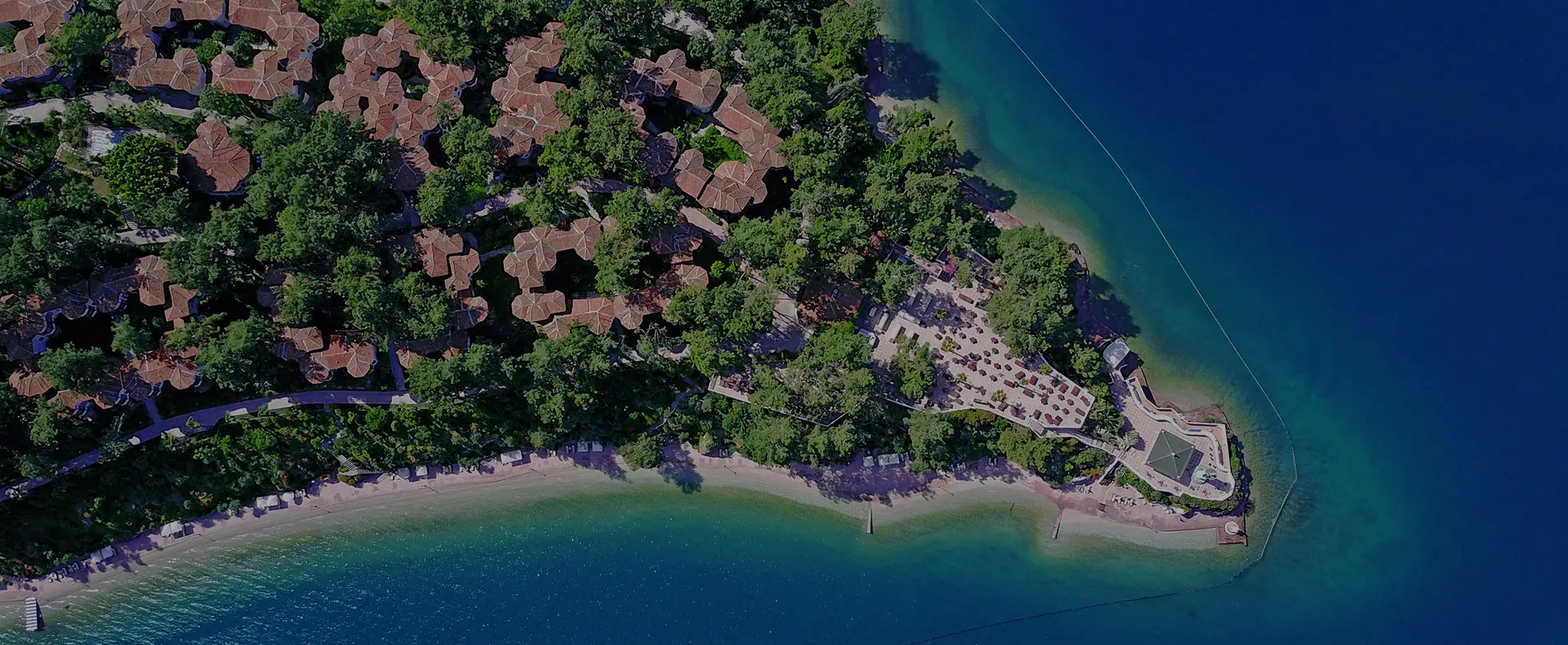
Have you ever dreamed of soaring through the skies like a bird? If so, paragliding might be just the adventure for you. Before you take to the skies, there are a few things you need to know about paragliding. First, safety is important. Proper training with certified instructors is essential to learning the basics of takeoff, landing, and controlling the paraglider.
Well, what is a paraglider? Or what are paragliders? A paraglider is like a parachute but longer. It’s a lightweight, footlaunched aircraft designed for controlled flights. It consists of a specially designed wing made from durable materials like ripstop nylon, supported by internal inflatable cells that capture and maintain air pressure to provide lift. The pilot is securely attached to the paraglider using a harness, which allows for steering and control during flight.
What exactly is paragliding? It's a form of recreational flying in which you glide through the air using a specially designed parachute-like wing. Paragliding is different from skydiving in that you can go on longer flights. Which gives you more time to enjoy the scenery and the feeling of floating above the earth.
So, is paragliding a sport? Absolutely. It combines adventure, skill, and excitement, making it a thrilling recreational activity enjoyed by people of all ages and backgrounds. From soaring high above beautiful landscapes to feeling the wind rush past as you navigate through the sky, paragliding makes you feel free and exhilarated.
To begin a paragliding adventure, you'll need suitable weather conditions with stable winds and clear skies. Safety checks and gear preparation are essential, including wearing a harness that attaches you securely to the paraglider.
The launch phase involves finding an open area with enough space for takeoff. Using the wind and proper technique, you'll inflate the wing above your head until it catches enough air to lift you off the ground. Pilots can steer left or right, ascend or descend, and navigate through the sky with precision. Landing safely is as vital as takeoff. Pilots aim for designated landing zones, where they gradually descend and flare the wing to reduce speed before touching down gently.
Remember! Safety is the number one priority in paragliding. Instructors guide beginners through the proper techniques for takeoff, landing, and controlling the paraglider.
First, let's talk about the main thing—the paraglider itself. A paraglider is a special wing made from strong materials like ripstop nylon. It's designed to catch air currents and provide lift, allowing pilots to glide through the air with grace and control.
Along with the paraglider, you'll need other essential equipment, like a harness, which keeps you securely attached to the wing and provides comfort during flight. Helmets are crucial for safety, protecting your head in case of unexpected landings or collisions.
A reserve parachute is a must-have backup in emergencies, providing safety and peace of mind. Additionally, pilots often use variometers to measure altitude and climb rates, enhancing their awareness and navigation skills during flight.
Wind indicators, radios, and GPS devices can also be helpful for paragliders, helping with weather monitoring, communication, and navigation.
Before you take to the skies with your paraglides, it's essential to familiarise yourself with the rules and guidelines that ensure a safe and enjoyable experience for all. These rules prioritise your safety and contribute to the overall harmony of paragliding communities worldwide.
First, it's a good idea to undergo proper training with certified instructors to learn the fundamentals of paragliding, including take-off, landing, and in-flight manoeuvres. Safety protocols like pre-flight checks, weather assessments, and communication with ground support are essential for every pilot.
Respect for airspace regulations is crucial in paragliding. Avoid flying in restricted zones, respect altitude limits, and adhere to local aviation laws and guidelines. This ensures safety and maintains good relations with authorities and other airspace users. It's essential to keep an eye on wind speed, direction and thermals to make sure you're making informed decisions about when and where to fly.
Weather conditions play a big part in determining when paragliding is workable. Clear skies, stable winds, and favorable thermals are ideal conditions for a safe and enjoyable flight. Pilots often check weather forecasts and choose days with optimal conditions for their paragliding adventures. Early morning and late afternoon are usually the best times to go paragliding. The air is more relaxed, thermals are more stable, and winds are generally calmer.
Another thing to consider is seasonality. In many regions, spring and autumn are the best times for paragliding because the weather is mild. The skies are clear, and the wind patterns are predictable. Yet, depending on their climate and geographic features, some locations may offer year-round paragliding opportunities.